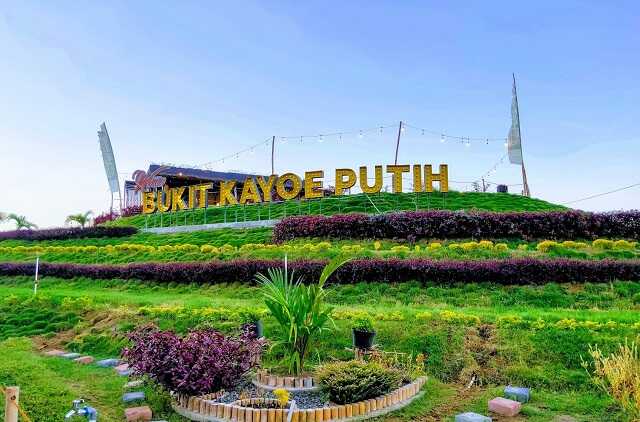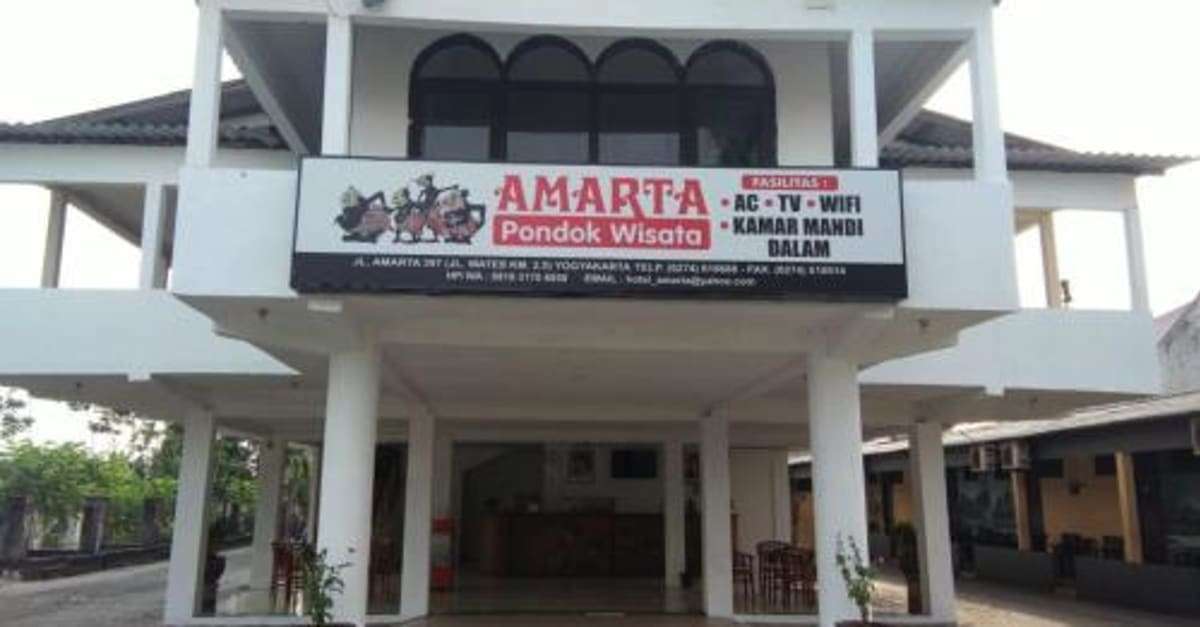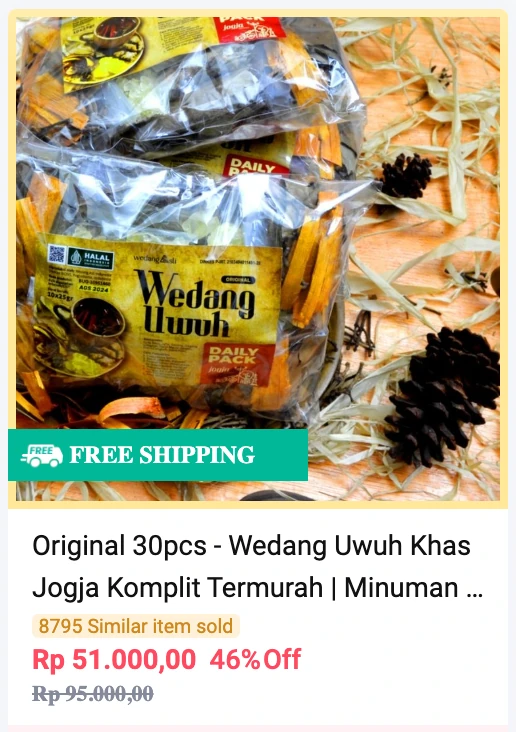ABSTRACT
Cajuput (Melaleuca spp. and Asteromyrtus spp.) are widely spread throughout the Wasur National Park forming the cajuput forest. The information on biodiversity level and the ecological condition of cajuput forest are less studied for the last 10 years, especially the condition of vegetation after the utilization of Asteromyrtus symphyocarpa for cajuput oil materials. This study aims to determine the vegetation and diversity of plant species in the cajuput forests in Wasur National Park. The method used in this study is vegetation analysis using line transect and interview. The study was conducted during April-May 2012. The results of this study showed that there were 23 plant species from 10 families dominated by the family of Myrtaceae found in cajuput forests with relatively low to moderate level of biodiversity indices. There are six species identified as the cajuput oil producers: A. symphyocarpa, Asteromyrtus brasii, Melaleuca cajuputi, Melaleuca leucadendra, Melaleuca viridiflora and Melaleuca sp. ”sunggi” which are spread in three formations of cajuput forest namely Asteromyrtus symphyocarpa forest, Melaleuca sp. “sunggi” forest and mix savanna. Local people use plants for house constructions, fuel wood, medicines and cultural equipment. The only economic income generated from the Park is from the sales cajuput oil materials from Asteromyrtus symphyocarpa which has low pressure on species sustainability.
Key words: Cajuput, species diversity, utilization, Wasur National Park.
ABSTRAK
Kayu putih (Melaleuca spp. dan Asteromyrtus spp.) tersebar luas di kawasan Taman Nasional Wasur membentuk hutan kayu putih. Tingkat keanekaragaman jenis dan kondisi ekologi hutan kayu putih sejak sepuluh tahun terakhir belum diketahui, khususnya pasca pemanfaatan jenis Asteromrtus symphyocarpa sebagai bahan baku minyak kayu putih oleh masyarakat di dalam kawasan. Penelitian ini bertujuan untuk mengetahui kondisi vegetasi dan keanekaragaman jenis tumbuhan pada hutan kayu putih serta pemanfaatannya oleh masyarakat lokal di Taman Nasional Wasur. Metode yang digunakan adalah analisis vegetasi dengan teknik jalur garis berpetak dan wawancara. Penelitian dilakukan pada bulan April dan Mei 2012. Hasil penelitian menunjukkan sebanyak 23 jenis tumbuhan dari 10 famili ditemukan pada hutan kayu putih dengan tingkat keanekaragaman hayati tergolong rendah hingga sedang. Terdapat enam jenis tumbuhan yang diketahui sebagai penghasil minyak kayu putih antara lain A. symphyocarpa, Asteromyrtus brasii, Melaleuca cajuputi, Melaleuca leucadendra, Melaleuca viridiflora dan Melaleuca sp.”sunggi” yang tersebar pada tiga formasi hutan yaitu hutan Asteromyrtus symphyocarpa, hutan Melaleuca sp.”sunggi” dan savana campuran. Pemanfaatan tumbuhan oleh masyarakat lokal sebagian besar untuk kepentingan perlengkapan rumah, kayu bakar, obat, dan perlengkapan adat. Pemanfaatan ekonomi hanya jenis A. symphyocarpa sebagai bahan baku minyak kayu putih dengan pemanfaatan yang tidak menganggu kelestarian jenis.
Kata kunci : Kayu putih, keanekaragaman jenis, pemanfaatan, Taman Nasional Wasur.
Asteromyrtus symphyocarpa synonym with Melaleluca symphyocarpa of the Myrtaceae family is an endemic plant at Northern Australia, South Papua (Indonesia,) and Papua New Guinea. Wasur National Park (South Papua District, Papua, Indonesia) is one of A.symphyocarpa’s distribution areasTwo villages in Wasur National Park, namely Yanggandur Village and Rawa BiruVillage have been performing utilization of
A. symphyocarpa with the process of distillation. Today, the utilization of A. Symphyocarpa has become one of livelihoods sources for the peoples in this region. However, A. symphyocarpain Wasur National Park was facing a high level of threats, the mostly are: habitat destruction, habitat fragmentation, habitat degradation, and the invasion of alien species. This paper was aimedat exploringother potential uses of A. symphyocarpa in addition to its essential oil and also to formulate conservation efforts in Wasur National Park. The analysis is was done through literature studies and authors’ experiences. An alternative solution to preserve this species is was to developmentof stakeholders’ participation. Those stakeholders must be involved actively of performingin the real conservation efforts.
Key words: Asteromyrtus symphyocarpa, utilization, threats, conservation, Wasur National Park





